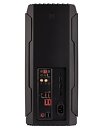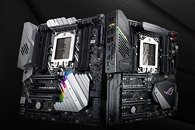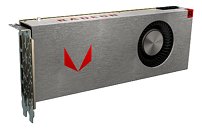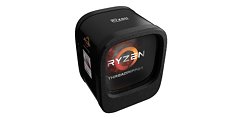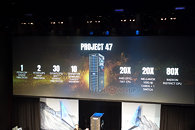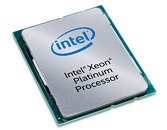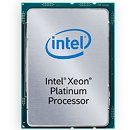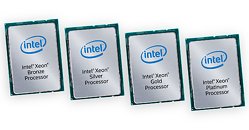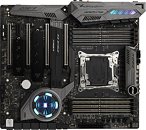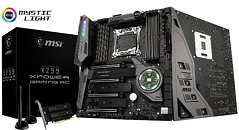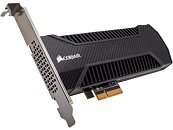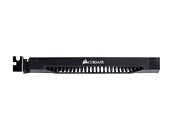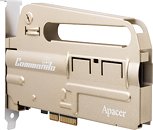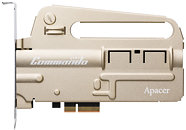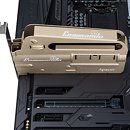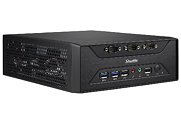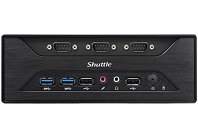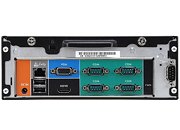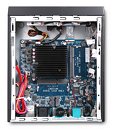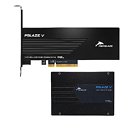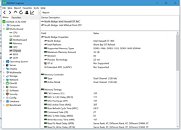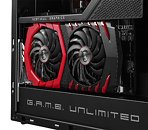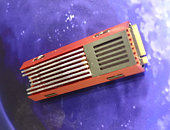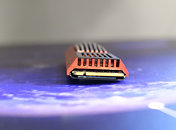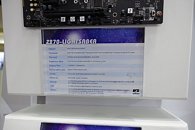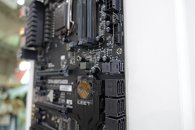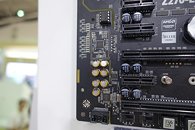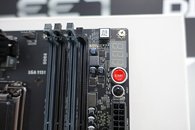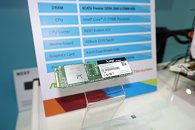
AMD X399 Platform Lacks NVMe RAID Booting Support
AMD's connectivity-rich Ryzen Threadripper HEDT platform may have an Achilles's heel after all, with reports emerging that it lacks support for booting from NVMe RAID. You can still have bootable NVMe RAID volumes using NVMe RAID HBAs installed as PCI-Express add-on cards. Threadripper processors feature 64-lane PCI-Express gen 3.0 root complexes, which allow you to run at least two graphics cards at full x16 bandwidth, and drop in other bandwidth-hungry devices such as multiple PCI-Express NVMe SSDs. Unfortunately for those planning on striping multiple NVMe SSDs in RAID; the platform lacks NVMe RAID booting support. You should still be able to build soft-RAID arrays striping multiple NVMe SSDs, just not boot from them. Pro-sumers will still be able to dump their heavy data-sets onto such soft-arrays. This limitation is probably due to PCI-Express lanes emerging from different dies on the Threadripper MCM, which could present problems to the system BIOS to boot from.
Ryzen Threadripper is a multi-chip module (MCM) of two 8-core "Summit Ridge" dies. Each 14 nm "Summit Ridge" die features 32 PCI-Express lanes. On a socket AM4 machine, 4 of those 32 lanes are used as chipset-bus, leaving 28 for the rest of the machine. 16 of those head to up to two PEG (PCI-Express Graphics) ports (either one x16 or two x8 slots); and the remaining 12 lanes are spread among M.2 slots, and other onboard devices. On a Threadripper MCM, one of the two "Summit Ridge" dies has chipset-bus access; 16 lanes from each die head to PEG (a total of four PEG ports, either as two x16 or four x8 slots); while the remaining are general purpose; driving high-bandwidth devices such as USB 3.1 controllers, 10 GbE interfaces, and several M.2 and U.2 ports.
Ryzen Threadripper is a multi-chip module (MCM) of two 8-core "Summit Ridge" dies. Each 14 nm "Summit Ridge" die features 32 PCI-Express lanes. On a socket AM4 machine, 4 of those 32 lanes are used as chipset-bus, leaving 28 for the rest of the machine. 16 of those head to up to two PEG (PCI-Express Graphics) ports (either one x16 or two x8 slots); and the remaining 12 lanes are spread among M.2 slots, and other onboard devices. On a Threadripper MCM, one of the two "Summit Ridge" dies has chipset-bus access; 16 lanes from each die head to PEG (a total of four PEG ports, either as two x16 or four x8 slots); while the remaining are general purpose; driving high-bandwidth devices such as USB 3.1 controllers, 10 GbE interfaces, and several M.2 and U.2 ports.




